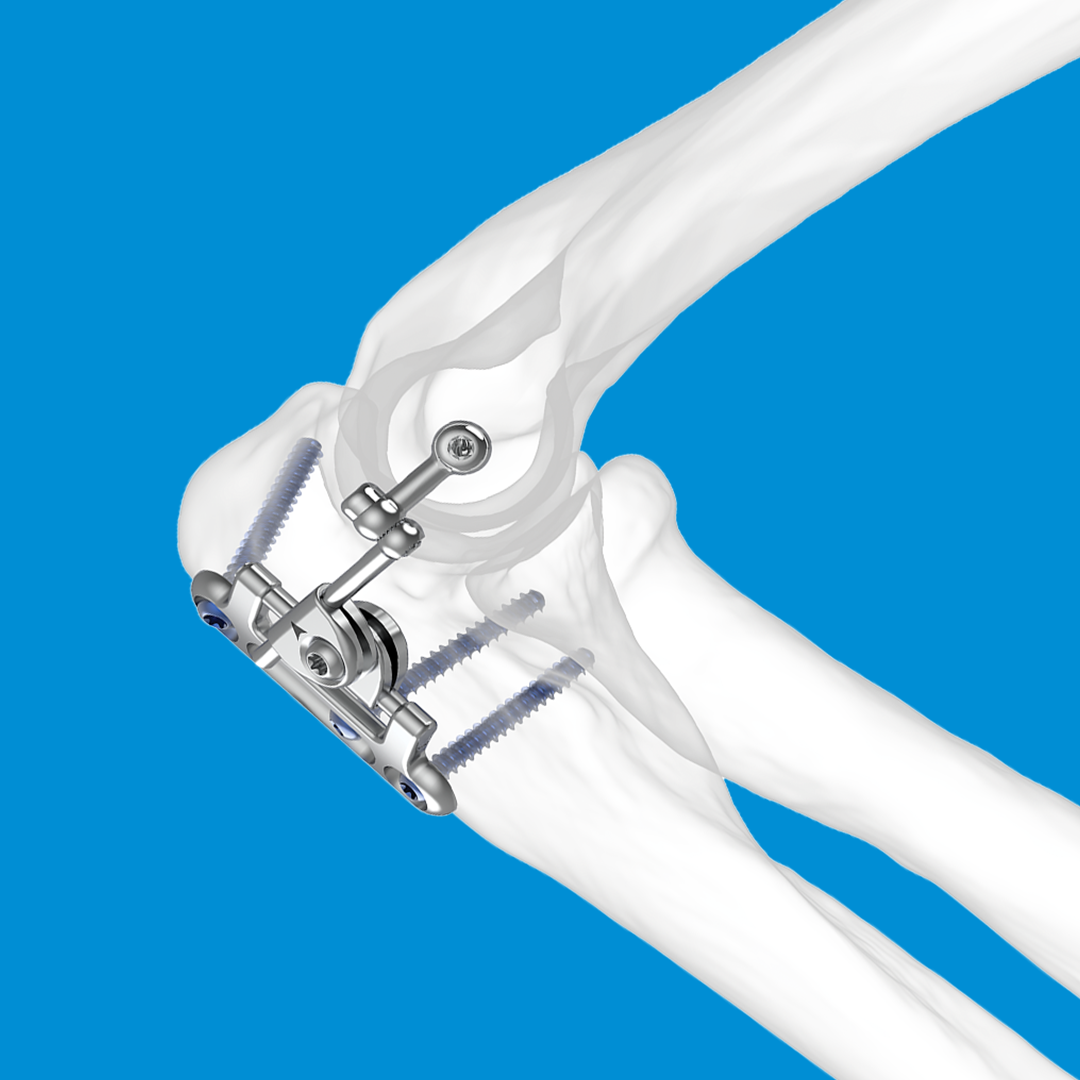
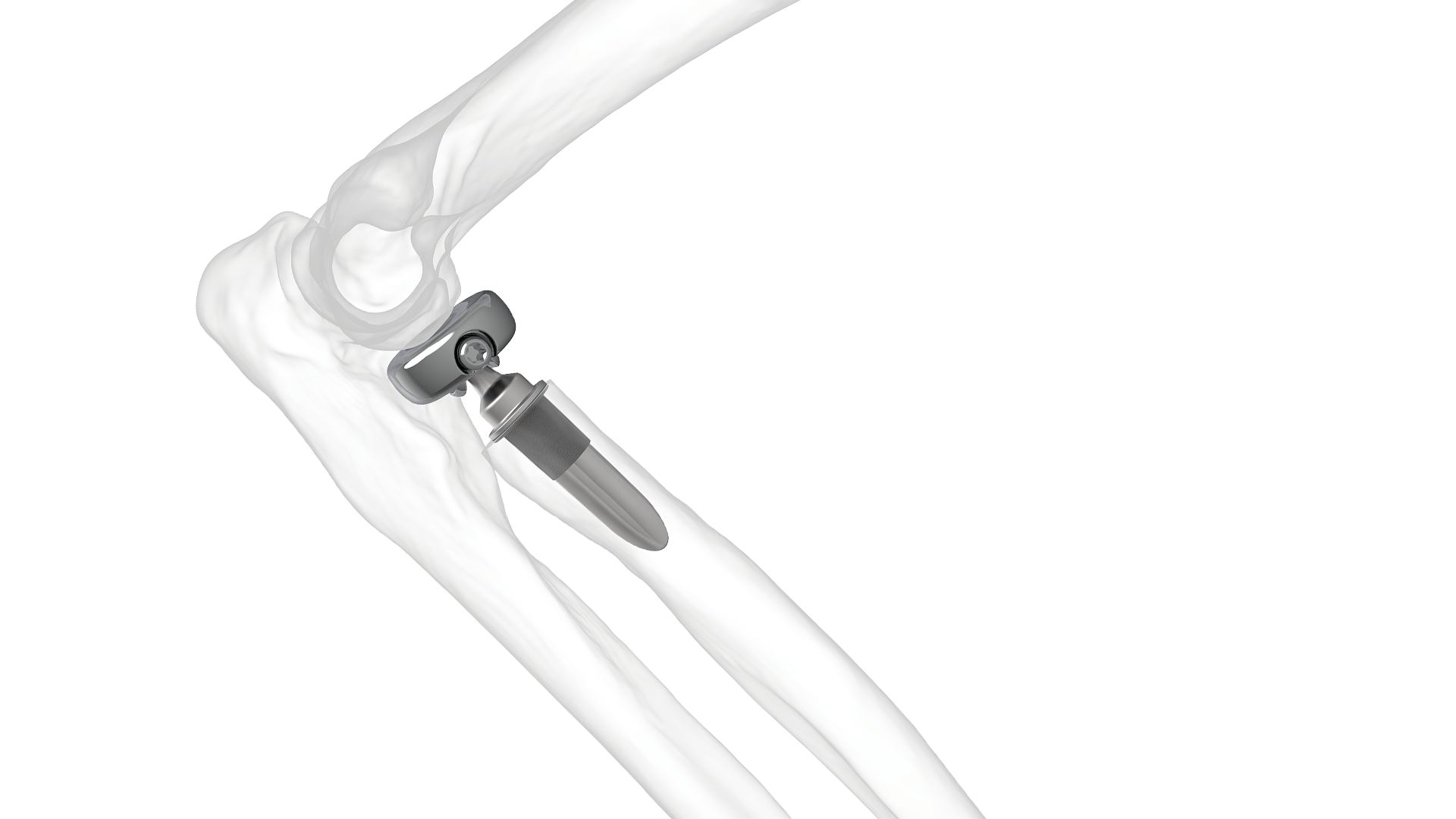
ALIGN® Radial Head Replacement
Features
- Customised monoblock aligned to patients’ anatomy
- Side-loading head with wide range of stem & neck size options
- Long, press-fit design with excellent clinical results
- Digital stem flutes grant rotational stability and greater range of movement
ALIGN® Radial Head
The ALIGN® Radial Head System and accessories are designed specifically for:
Replacement of the radial head for degenerative or post-traumatic disabilities presenting pain, crepitation, and decreased motion at the radio-humeral and/or proximal radioulnar joint with:
- Joint destruction and/or subluxation
- Resistance to conservative treatment
- Primary replacement after fracture of the radial head
- Symptomatic sequelae after radial head resection
- Revision following failed radial head arthroplasty
- The system is intended for press-fit use
Selecting the Right Radial Head
The aim of radial head arthroplasty(RHA) is to achieve a radial head replacement that is as close to the patient’s natural anatomy as possible. This requires the use of an implant designed to exact measurements.
Everyone’s bones are different. As such, the process of selecting the right radial head and neck involves accurate sizing. Extra care is taken during this step when elbow trauma injuries cause the radial head to become misshapen or fractured. You can see how we select a radial head replacement size by clicking on our Surgical Technique above.
INTERESTED IN ALIGN® RADIAL HEAD
If you would like more information regarding Skeletal Dynamics’ ALIGN® System.
Interested in the ALIGN® Radial Head Replacement ?
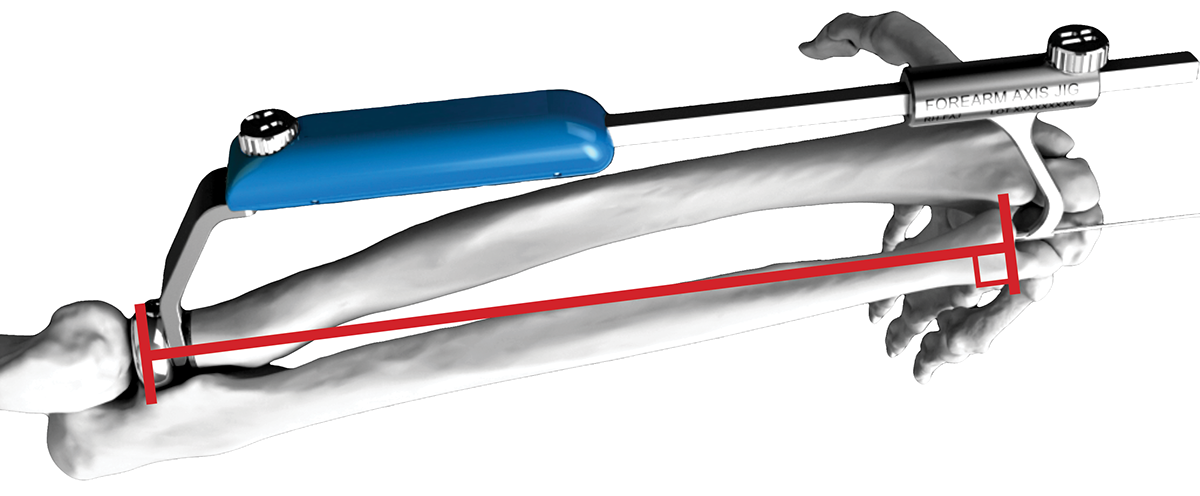
ALIGN® Radial Head
The ALIGN® System is a prosthesis designed to orient the radial head flat against the axis of forearm rotation. This monoblock implant’s instrumentation means it has the flexibility to be adjusted during the implantation process. It is fully customisable, allowing it to be positioned optimally for the patient and then locked.
The ALIGN® Radial Head System has also been designed with materials for proper use in surgical procedures. The replacement heads are made from cobalt-chrome alloy due the materials strength and wear resistance. The system also features an atraumatic dish to minimise capitellar wear. Its stems are titanium alloy to save weight without compromising durability. The plasma spray coating serves to aid in biological fixation. The fluted radial stem is fixated at the medullary canal of the radius.
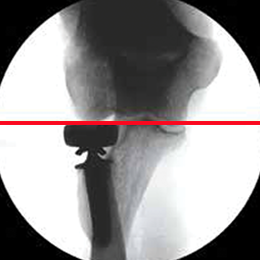
ALIGN Radial Head

Monoblock Spacer
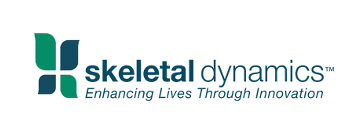
Founded in 2007 by Dr Jorge Orbay, MD, Skeletal Dynamics set out to provide innovative, science-based solutions to solve and understand the clinical challenges of upper extremity surgery and unmet clinical needs. Skeletal Dynamics is the only medical device company that is 100% solely focused on the upper extremities. Distributors of Skeletal Dynamics are selected based on individual integrity, industry experience and clinical knowledge and LEDA is proud to be the leading UK orthopaedic distributor for Skeletal Dynamic products including:
- Distal Elbow Set
- IJS®-Elbow
- ALIGN® Radial Head Replacement
- Proximal Ulna Plate
- PROTEAN® Fragment Plates
- REDUCT® Headless Compression Screw System
- Humeral Fixation Set
Frequently Asked Questions
The radial head is found at the top end of the radius, where it meets with the bottom of the humerus at the elbow.
Complex fractures cannot be treated by internal fixation. In the more serious cases of elbow trauma injury, replacement surgery is the only course of action to restore mobility in the elbow. The treatment of severe conditions like inflammatory arthritis, might also require radial head replacement.
There will be slight discomfort for around 2 weeks after radial head replacement surgery. Patients may then take another week until they regain full function of their arm. However, recovery time from any kind of surgery can vary on a patient-to-patient basis depending on health factors.
In medicine, luxation refers to the dislocation of a joint. Elbow subluxation, or partial dislocation, can occur when the annular ligament becomes displaced. While this doesn’t create ongoing pain, it results in the loss of movement in the elbow. Doctors usually treat elbow subluxation with a ‘reducing the joint’ manoeuvre, which involves pulling the ligament back over the bone.
Elbow subluxation was historically called ‘Nursemaid’s Elbow’ as nannies were frequently blamed for the injury.
Radial head fractures are categorised by the size of the fracture. Only the most serious elbow trauma fractures require surgical treatment. Minor fractures can typically be managed with rehabilitation to restore a range of movement. However, they do still put strain on the elbow joint and elbow ligaments.
- Type 1 – a minimum displaced fracture. Type 1 fractures can be anywhere below 2mm.
- Type 2 – a single fracture that causes head displacement. Internal fixation may be necessary to ensure bones heal correctly.
- Type 3 – a comminuted fracture results bones that are broken in multiple places. Type 3 elbow fractures are usually a result of extreme trauma and cause disruption to the anterior and posterior cortices.
